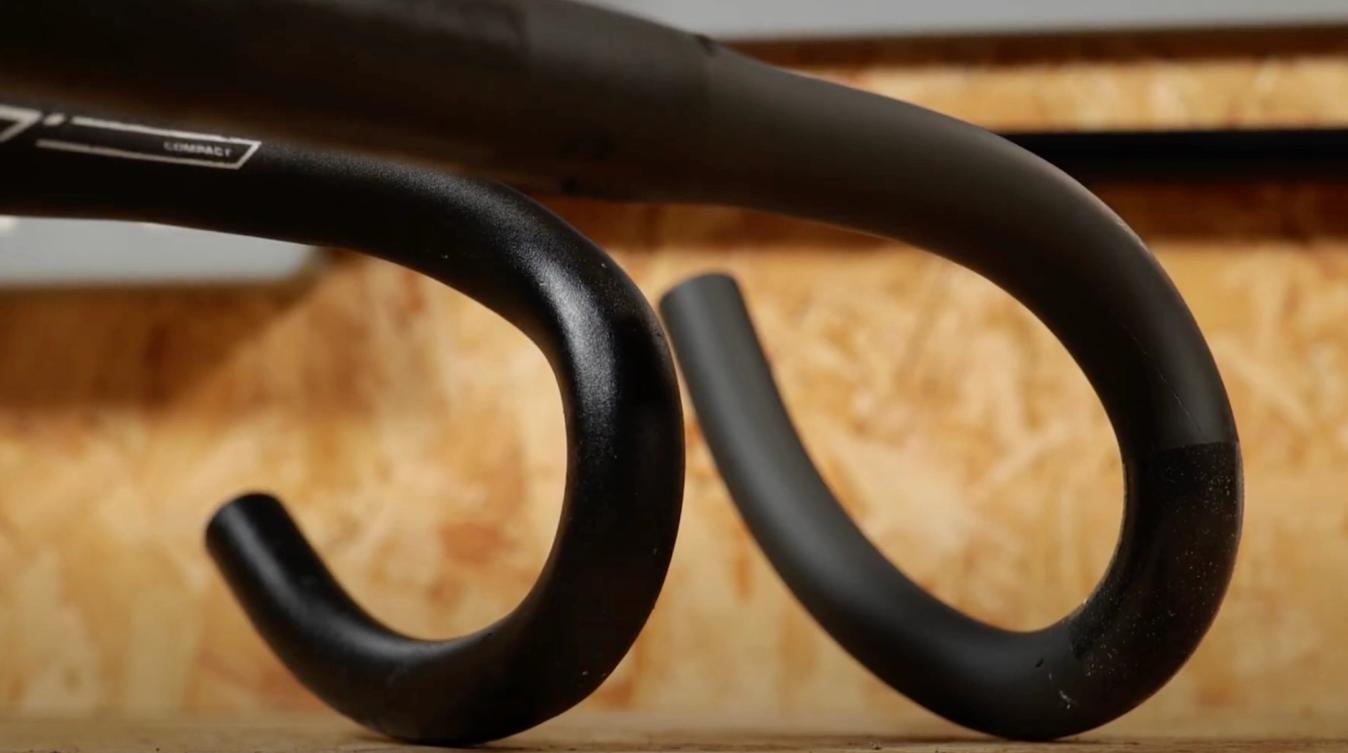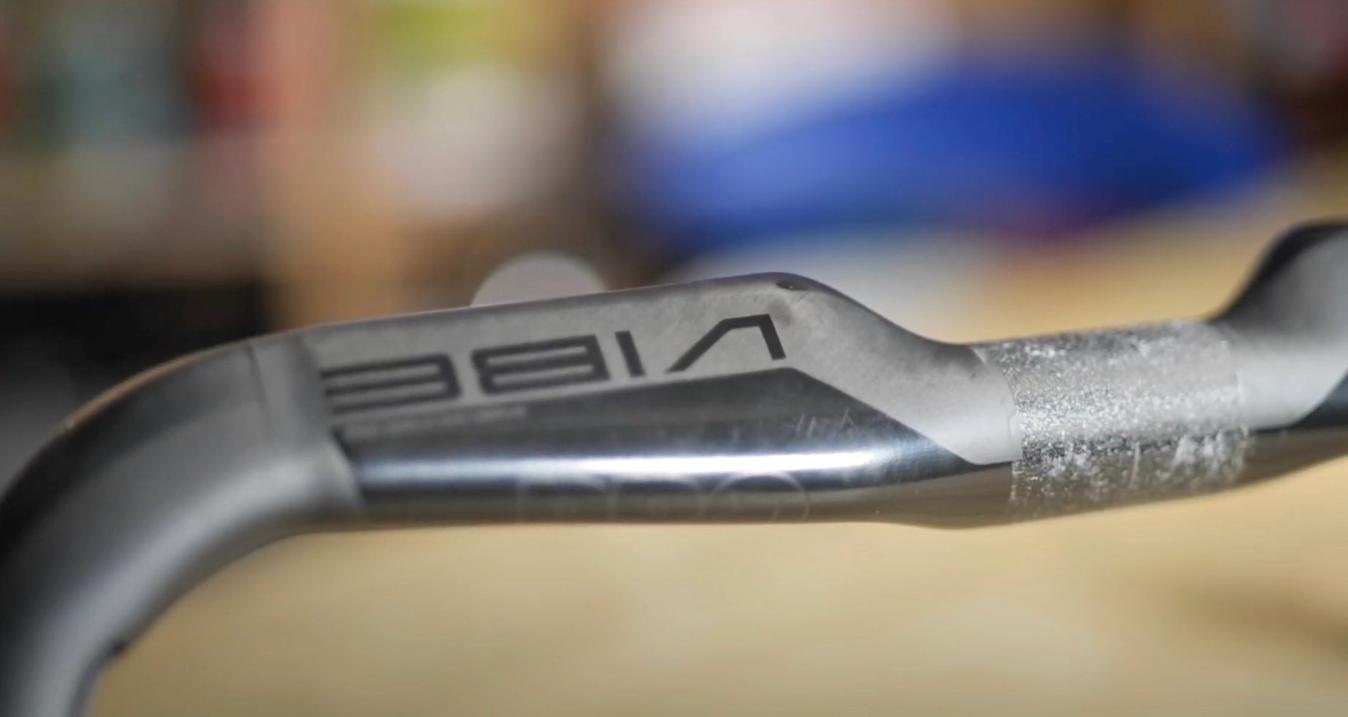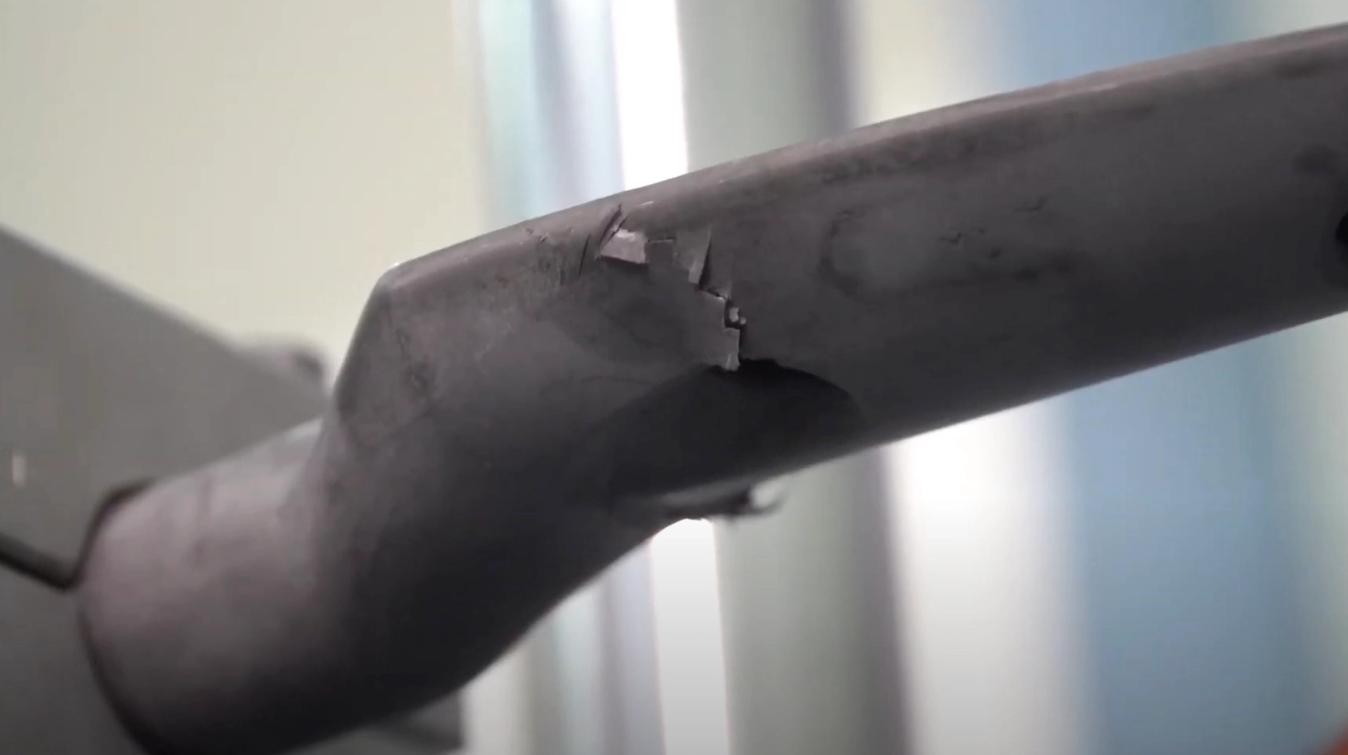Are carbon fibre handlebars actually better than aluminium?
Alex takes a look at the differences between both materials and the benefits of each of them
Alex Hunt
Junior Tech Writer
Carbon fibre has undoubtedly changed the face of cycling with almost everything now available in the material and Alex Paton has looked into whether carbon fibre is always better or if more traditional materials are just as adept at catering to our needs.
One of the components that frequently finds itself at the centre of this debate is the humble handlebar. Up until very recently even the pros couldn’t agree on which material was better suited to the bars of a bike, however, since the dawn of the one-piece integrated cockpit, carbon fibre has taken over.
- Read more: How is carbon fibre made?
The key factors most riders take into consideration when choosing which bar to adorn their bikes with are often cost and aesthetics. This actually neglects the true differences in the material properties of an aluminium or carbon bar.
What should you consider when buying a new bar?
Although it is easy to get caught up in buying things that look the nicest or fit with the overall aesthetic of the bike, other factors are more important to consider. The most important thing regardless of the material of the bar is the size. The handlebar market can be overwhelming, there are a lot of choices including the shape of the bar, width and depth of the drops, as well as whether to go for an integrated bar and stem or a traditional separate bar and stem combo.

© GCN
Finding a bar that fits and is comfortable is more important than the material it is made of
Another thing to consider when buying new bars is if they accept fully internal cable routing if your bike is configured in this way. All of these considerations rank higher than the material of the bars as they will all arguably make more of a difference to how you feel on the bike.
Are carbon fibre bars always more expensive?
As a general rule, carbon fibre handlebars cost significantly more than their aluminium counterparts. This is partly due to the cost of materials but also the increased cost of manufacturing. With that being said, it does not mean that some brands or even unbranded carbon bars are not available for less than some premium brand aluminium bars. However what you might gain in cost savings comes with the price of not knowing the quality of the bar and its manufacturing process.

© GCN
Carbon fibre bars are typically more expensive than aluminium bars
Buying from an unknown brand, especially from an unbranded manufacturer has its own risk as you do not have the security that comes from buying from a large and reputable source. These bigger brands have thorough and stringent quality controls to ensure the products meet the necessary standards of safety, something that unknown brands might not do.
How much can I expect to pay for an aluminium or carbon bar?
Depending on the exact brand and style that you go for a typical aluminium bar will cost around £/€/$50-75 however as always there are plenty of brands that will sell premium aluminium bars for considerably more than this. A carbon fibre bar represents a significant increase in cost over an aluminium bar with a branded carbon bar costing in the region of £/€/$300 and above.
Are carbon bars lighter than aluminium bars?
It might not come as a great surprise to learn that carbon fibre bars are on average lighter than aluminium ones. That said, the gap between the two might not be as significant as you are expecting. If you take comparable bars from a brand's range, the carbon fibre bar will save around 50-100 grams over the aluminium bar. This means that a weight saving of 50-100 grams costs around £/€/$250 which is certainly not the cheapest way to shed weight from your bike.

© GCN
The failure mode of carbon fibre is different to that of aluminium
Unlike the previous points that can easily be generalised, the strength of a bar cannot. Some carbon bars have failed before aluminium bars have and vice versa. Regardless of the material, there always going to be exceptional cases where products fail. However through the rigorous testing that most products go through they are tested to ensure that the point of failure far exceeds that typically experienced riding in the real world.
Something that has skewed the argument in the past is the failure mode of carbon versus aluminium. When a carbon fibre bar fails it is likely to crack and snap due to its material properties. Aluminium, in contrast, is likely to bend and warp rather than sheering altogether.
What are the advantages of carbon fibre bars?
If carbon fibre bars are significantly more expensive and not a lot lighter or stronger than aluminium bars what are their advantages? The main one is the design flexibility of the material. Unlike aluminium, which has to be formed from tubing, carbon bars can be made into far more complex shapes and have tailored material properties across the bar itself.
Unlike aluminium which is an isotropic material, meaning it has the same material properties in every axis, carbon can be rigid in one axis but compliant in another making it ideal for dampening out road buzz and increasing comfort at the hands of the rider. Similarly to the weight-saving point, fitting carbon fibre bars to reduce road buzz is not the most effective way to go about things. Instead, fitting wider tyres would be a cheaper and arguably better alternative in increasing the comfort of the whole bike, not just your contact point with the bars.
Which type should you buy?
Far be it from us to tell you what to spend your money on but if it was down to us, the argument for a carbon fibre bar is slight at best. If you are in the hunt for every weight saving and aero gain possible then for sure a carbon bar is the natural choice. For everyone else the money you could save by fitting an aluminium bar could then pay for more significant upgrades on your bike, such as wider tyres and TPU inner tubes that will increase comfort and save weight more than a carbon bar can.
What handlebar do you use and would you ever consider swapping? Let us know in the comments section below.










